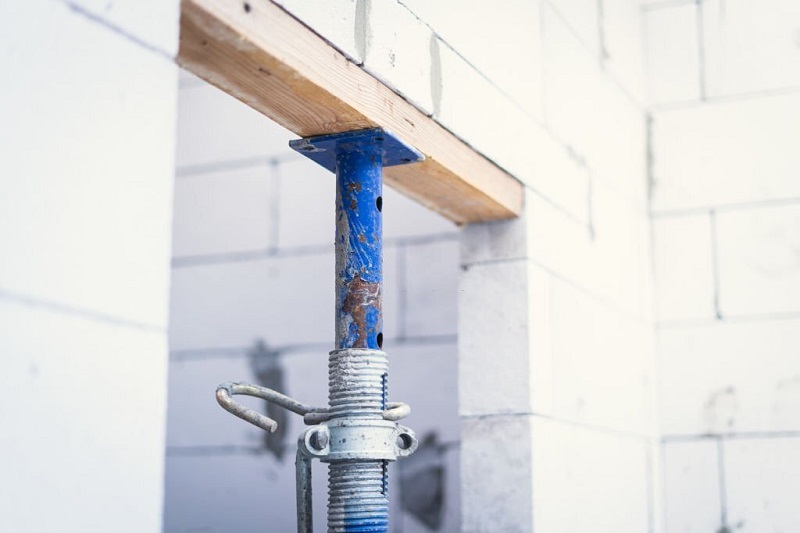When undertaking a home renovation project, one of the initial considerations should be whether or not to restump the house. The most effective approach when renovating is to start from the bottom up, beginning with the foundation and proceeding to other areas of the house.
These may include the house’s age, the current foundation’s condition, and any signs of structural damage or settling. It is also important to consider the cost and scope of the restumping project, as well as any potential disruption to the daily routine of the occupants during the work. It is always recommended to hire a professional restumping expert to avoid mishaps and ensure the house’s stability after renovation.

Things To Consider When Looking for Restumping Expert:
Check if your property needs restumping:
When considering whether to restump a house, a key question is whether the house is worth the effort and expense of the project. If the house has significant issues such as termite damage, dry rot, or poor construction, restumping it may not be a wise investment. In such cases, demolishing the existing house and starting fresh with new construction may be more cost-effective and practical.
A house with severe structural damage, poorly constructed, or infested with termites may not be worth the investment. In such cases, it may be better to tear down the house and start anew, as the cost of restumping may not be worth it in the long run.
Choose the right option:
If a building inspection has determined that the house is worth saving, the next step is to consider the scope of the restumping project, specifically, how high the house should be raised. One option is raising the house high enough to add additional rooms underneath. This approach can create more space, significantly change the layout and increase the house’s resale value.
The additional rooms can be used as living spaces, storage, or rental units. This would not only increase the overall value of the house but also could generate additional income. However, it is important to consider the cost of the renovation, the increase in property tax, and the project’s overall feasibility.
Types of stump choices:
Once the decision has been made to proceed with a restumping project, the next step is to choose the materials to be used. Most older homes have timber stumps, which need to be replaced anywhere between 15 to 80 years, depending on factors such as the type of wood used, soil conditions, and external influences. In contrast, newer stumps are typically made of concrete with galvanized steel inside, which can last significantly longer than timber stumps.
When choosing materials for a restumping project, it is important to consider the durability and longevity of the materials. Timber stumps may need to be replaced more frequently, whereas concrete and steel stumps will last much longer. Concrete and steel stumps are less likely to rot, warp, or be affected by termites, providing a more long-term and reliable solution. It is also important to consider factors such as cost, and the overall aesthetic of the house and the surrounding area, before making a final decision.
Legal duties:
Before starting a restumping project, obtaining the necessary building permits and paperwork is important. This can include obtaining approvals from local authorities and ensuring that the project complies with building codes and regulations. It is important to have all the necessary paperwork before starting the restumping process to avoid delays or legal issues. If you somehow get into trouble with the authorities, then chances of getting out of all kinds of discomfort would only seem to fade with each passing day. Too much trouble from the legal authorities can also get your assets snatched in a second.

Why is restumping needed?
Restumping is typically needed when the original stumps of a building have become damaged or sabotaged. It can result in the instability of your building. There can be several contributing reasons for the same:
- Age: It is one of the major reasons that you may need restumping. If it has become old and worn out, you may need to replace it.
- Moisture: If the stumps are not properly sealed or treated, they can absorb moisture and become vulnerable to rot. Hence, proper installation of restumping is paramount.
- Pest infestation: Termites and other pests can also damage or weaken the stumps. So, make sure that you closely inspect the signs of pest infestation, and if you find it to be there, make sure that you contact the best restumping expert.
- Foundation movement: If the soil beneath the stumps shifts or settles, it can cause the stumps to become misaligned and unstable.
Wrapping it up!!!
Considering all the above factors, you can now easily choose the right restumping expert for your project. All it will take is a bit of sincerity and responsibility to perform the research in the best way possible.






0 comments:
Post a Comment